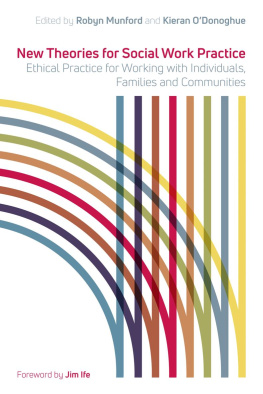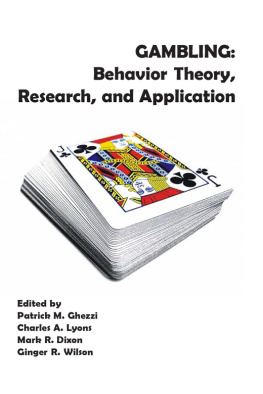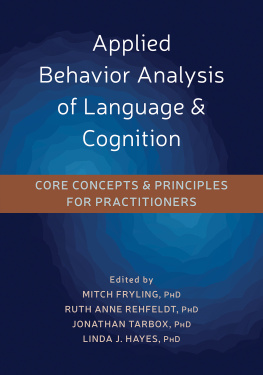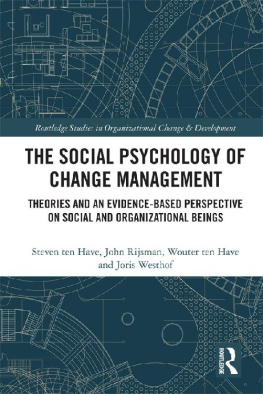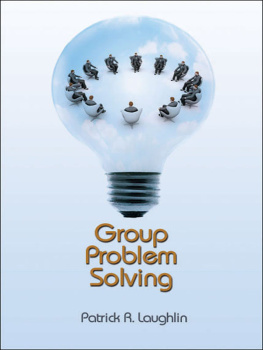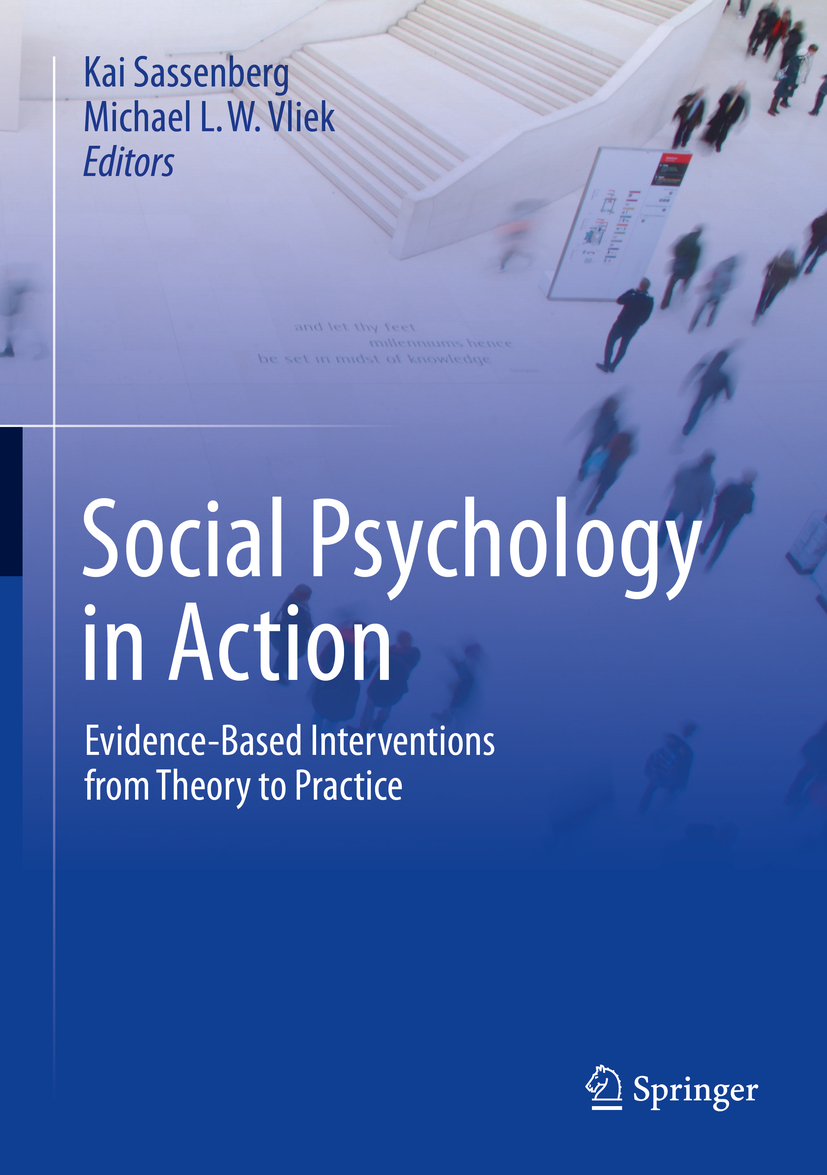Nothing as Practical as a Good Theory
The above maxim is often attributed to psychologist Kurt Lewin. Shortly after his death in 1947, the psychological historian E. C. Tolman wrote of Lewin: Freud the clinician and Lewin the experimentalist these are the two men whose names will stand out before all others in the history of our psychological era (Marrow, 1969). Although Freud has become a household name, Lewins ideas and work are mostly unknown to the general public. Among psychologists, however, Kurt Lewin is well known as one of the founders of modern experimental social psychology and recognized for his early contributions in applying psychological science to real human society.
His interest in the social uses of psychological research is evident not only from his work on group dynamics a term he coined, involving, for example, research on leadership, communication, and group performancebut also from the applied research institutes he established, such as the Committee on Community Interrelations (McCain, 2015). Indeed, for Lewin, research served a double purpose: to seek deeper explanations of why people behave the way they do and to discover how they may learn to behave better (Marrow, 1969, p. xi; Italics added). Science was, in other words, a way to discover general laws of human functioning as well as a way to solve practical problems, a combination Lewin labeled action research. To achieve this goal, Lewin proposed, there is nothing as practical as a good theorya maxim Lewin himself attributed to a business man he once met (Lewin, 1943).
For Lewin, social psychological theories were useful guides that could help practitioners by providing them with the tools and confidence needed for action (Sandelands, 1990). However, he also noted that we will have to watch out that theory never breaks loose from its proper place as a servant, as a tool for human beings (Lewin, 1943, p. 118). What he meant here is that a theory should never be accepted as providing definitive answers on how to address complex social problems, partly because not all theories are good theories (e.g., consistent, falsifiable, parsimonious, precise) and because no theory is necessarily true . Indeed, it may be (partly) true, but it may also be (partly) false. A theory is a set of ideas meant to explain observable events. Appropriate scientific methods are needed to test whether or not a theory achieves this aim. Theories thus are the basis to expand our understanding of the world (Gieseler, Loschelder and Friese, Chap. , p. 6). Instead, theories should be used as practical guides enabling a closer examination of why and under what circumstances interventions may be successful in obtaining a desired behavioral or psychological end-state. As we shall see in the following chapters, applying theoretical insights is difficult and its success depends on many factors, not least the specifics of the applied contexts.
When Social Psychology Turned Away from (Applying) Theories
With the death of Lewin, the interest in the social uses of social psychological knowledge dwindled (for a discussion see Hill, 2006). Some of the reasons for this lack of interest in applied (social psychological) research were already identified by Lewin in 1943. For example, in these early years, properly developed theory was lacking, as were concise, reliable measures of social behavior. Lewin also recognized that a meaningful application of psychological insights requires detailed knowledge of the specific context within which the application takes place. This made applied research much more time consuming and more expensive than experimental research in the lab. Finally, compared to the general laws of human functioning psychologists were looking for, dealing with nongeneral, applied problems was not looked at with much favor by early social psychologists, or in the words of Singer and Glass (1975, p. 16): To be a major contribution a study must deal with basic, not applied, problems. As a consequence, social psychology often had a lot to say in general, but little to say in particular (Deutsch, 1975).
Another trend that developed over the years, having a detrimental effect on the usefulness of social psychological knowledge for applied problems, was a focus on sexy-hypothesis testing (Fiedler, 2017). Instead of testing and developing social psychological theories, researchers focused on the impact of a single causal factor (often with only two levels) on a single dependent variable with a focus on counter-intuitive outcomes. The predicted effects are binary (i.e., A affects B) rather than quantified in size (i.e., A explains X percent of variance of B). Even more problematic is the observation that quite a few of these studies violated good scientific practices (e.g., Fiedler & Schwarz, 2016). Studies were often conducted with overly small sample sizes and researchers reverted to several questionable research practices in order to publish their results (for a discussion see Gieseler et al., Chap. ). For example, when the research was written up, researchers regularly failed to report all dependent measures or even conditions relevant for a finding, and reverted to HARKing (hypothesizing after the results are known; Kerr, 1998), leading authors to report unexpected findings as having been predicted from the start. It is highly likely that such practices have contributed to sexy but invalid findings in the psychological literature. Perhaps the most prominent example is Bems (2011) article that claimed to provide evidence for pre-cognition (i.e., the ability to foresee the future).



